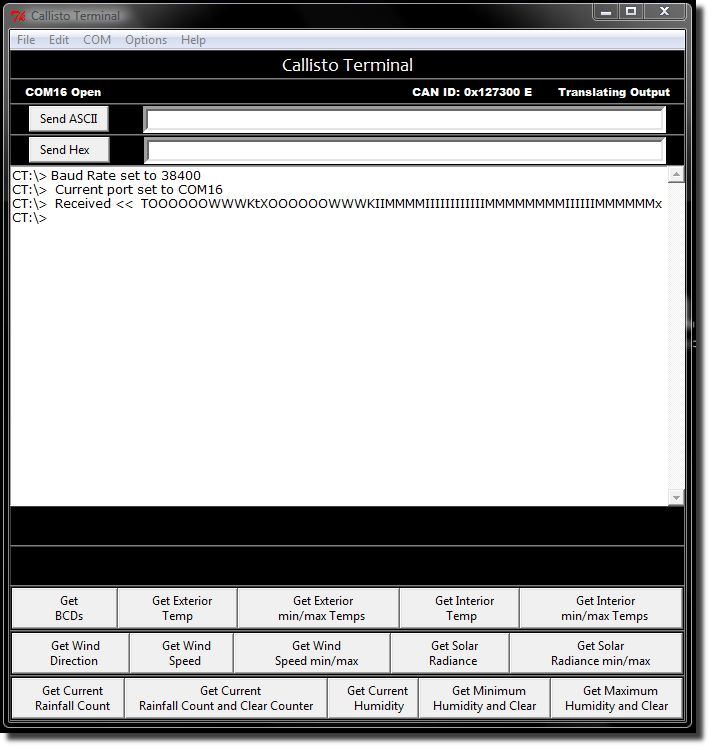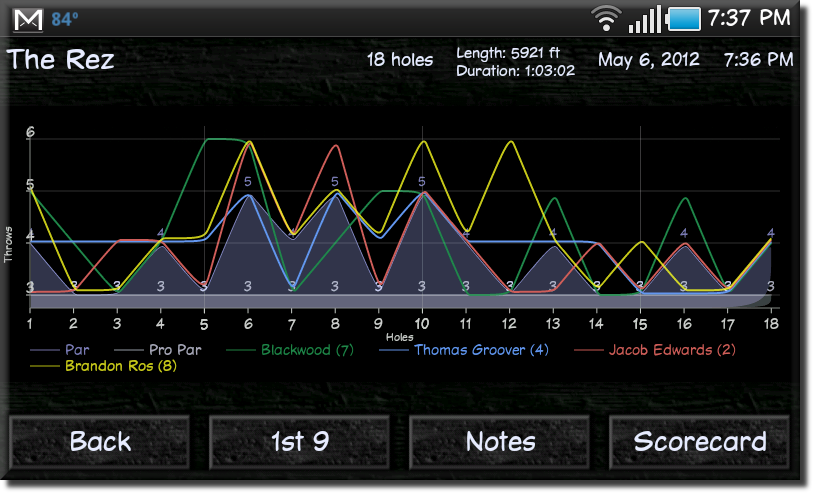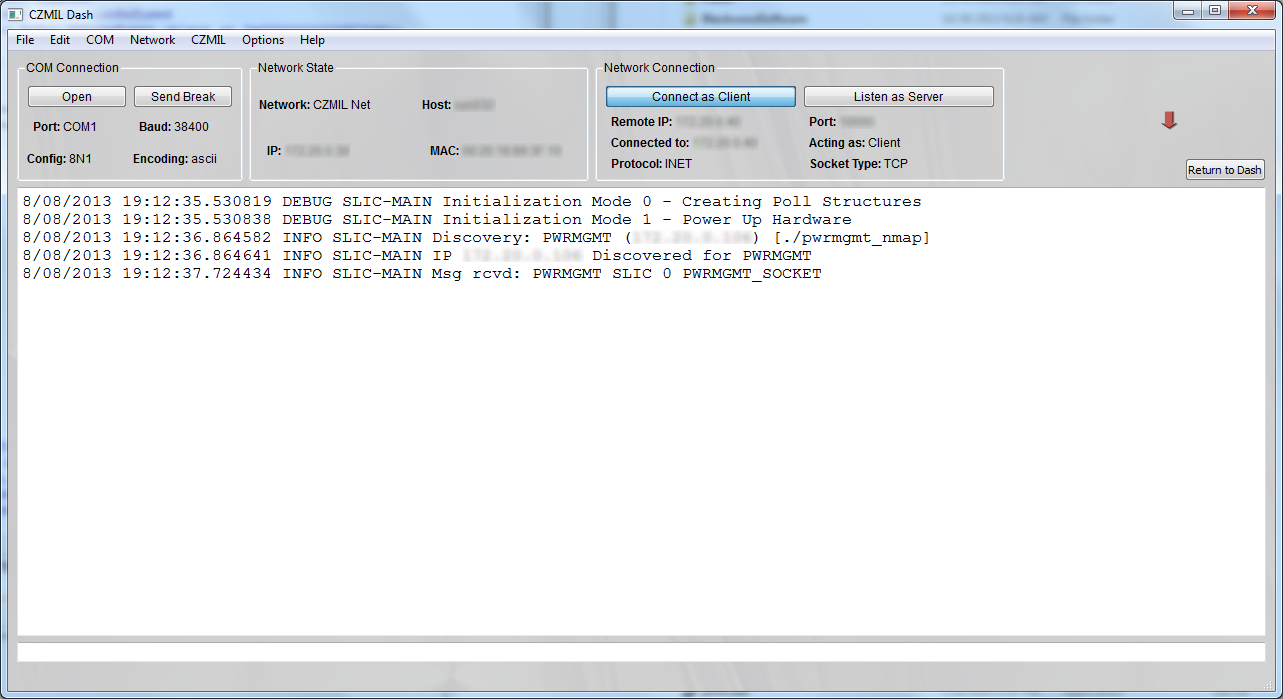|
|

This image (click to enlarge) shows the terminal being used for the ACRC project. It gave us the ability to communicate directly with the microcontroller
and/or the Android software. Using some automation scripting, it could also simulate either the ACRC or the smart phone app. It was an invaluable tool for performing
latency and battery life tests.
|

This image (click to enlarge) shows the terminal being used as a weather station terminal on a CAN network for a lab project in my Embedded
Systems class. In this case the terminal allowed my team to quickly gather weather information from any weather station on the network without
having to take the time to use a command line. It also incorporated a script (written by another team member) that parsed weather data from a local
airport weather station so that the terminal could act as a weather station itself as well.
|









